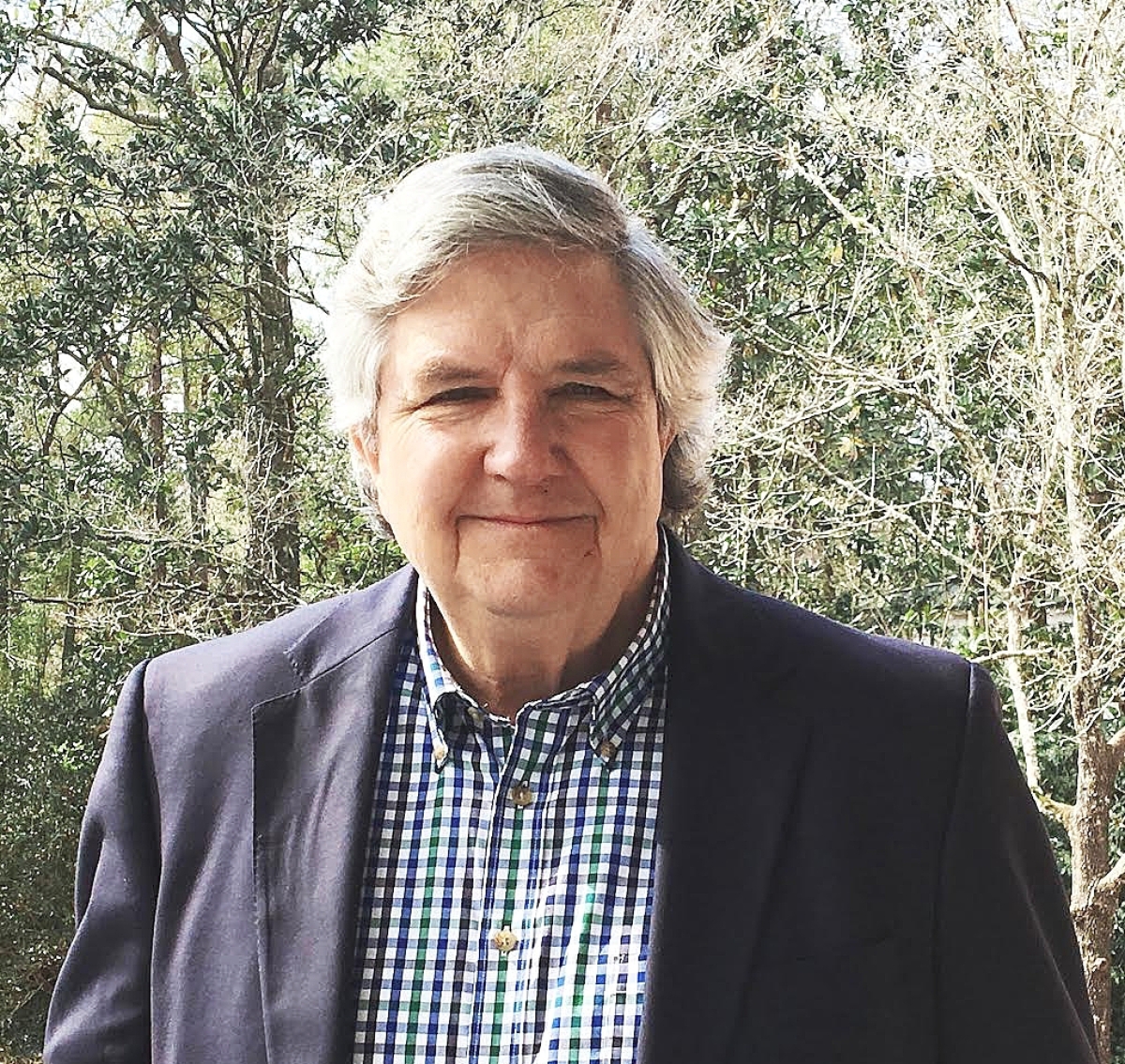
George W. McDaniel, PhD, president of organizational strategy firm McDaniel Consulting, for more than 25 years served as the executive director of Drayton Hall, a historic site of the National Trust for Historic Preservation in Charleston, S.C. A native of Atlanta, Ga., he earned an MAT in history from Brown University, later his PhD in history at Duke University. These kindled the spark that led to a career in education and history museums, earning awards at local, state and national levels. A nationally respected museum professional and author, he helps organizations to use history, place and culture to enhance community. In Drayton Hall Stories: A Place and Its People, McDaniel presents a wealth of interviews about this one place, the first book of its kind in the nation. We sat down with McDaniel to talk with him about how to build a community in today’s world by strategically using the recent past of a historic place.
How did you come to take on this project?
I have always been interested in place because place shapes outcomes. While this book centers on Drayton Hall as a historic place, you can use any place to bring a diversity of people together, as I’ve done, and elicit their candid thoughts and stories about it. In so doing, we can enhance the cross-cultural understanding that’s needed in these fractious times.
How did you assemble your roster of interviewees?
I had interviewed white and African American descendants, architects, historians and curators, then expanded to include board members, donors, even tourism leaders, in order to lift up the range of voices who care about a historic place. It was Anthony C. Wood, a nationally respected preservationist and former chairman of Drayton Hall’s advisory council, who recommended the interviews be translated into a book.
How would you describe the salient features of Drayton Hall and its environs?
Located on the Ashley River near Charleston, S.C., Drayton Hall is a mid-Eighteenth Century historic site owned by the National Trust for Historic Preservation and managed by the Drayton Hall Preservation Trust. Unrestored, its main house is one of the oldest and most complete examples of Palladian architecture in America. Rather than being restored to a specific period, the National Trust chose to “preserve” the house as they received it from the Draytons in 1974, so the site illustrates both continuity and change over time. On the site were an abundance of outbuildings and different landscape features. How its people, white and Black, and other like donors, board members or tourism leaders experienced the place in the recent past is one of the questions this book answers.
Through the interviews revealing snapshots of everyday life on the plantation told by descendants of workers at Drayton Hall, we get a sense of family histories, both proud and painful. Why was this important to include?
Whether one lived at Drayton Hall or elsewhere, life is a series of highs and lows and of time spent between the two. It’s important for museums to convey that. That’s one reason why I chose to ask persons about such moments because their answers humanize them. By revealing values, family history, key decisions, personalities, ways of life and times of sadness and joy, their stories connect us. They teach.

After the war, many emancipated African Americans left the South and presumably Drayton Hall. But some remained, in particular, ancestors of Catherine Braxton, now serving on the board of trustees and pictured on the book’s cover with Charlie Drayton, the last owner. Can you tell us a bit about those ancestors?
According to Richmond Bowens, born at Drayton Hall in 1908, his elders told him that their enslaved ancestors had come from Barbados with the Draytons “before the house was built.” Since the Draytons arrived in 1670s, his account posits that date. Bowens was careful about what he said so his view has merit, but no written records from the Seventeenth to the mid-Eighteenth Century survive to support this. Records show that the Bowens family was here before the Civil War. With the establishment of a new Drayton Hall board in 2015, I thought it essential that descendants maintain a connection and crafted a by-law calling for a member of the Drayton family and of the African American family to be elected to its board with full voting rights. Now a board member, Catherine Braxton is Richmond Bowens’ cousin, her great grandmother having been Catherine Bowens, her namesake.
Your experience at the Smithsonian Institution introduced you to archaeology and architectural history. How closely should a place like Drayton Hall, open to the public, hew to the architecture, furnishings and material culture that were there during the Draytons’ ownership?
The wisdom of interpreting Drayton Hall over time is that it allows people to see how a site changes in response to its history. Thanks to its architecture, original, mid-Eighteenth Century Georgian craftsmanship is juxtaposed against the Federal additions and even against those of the Twentieth Century. If interpreters are well trained, they can use these contrasts to teach. For example, Drayton Hall’s Twenty-First Century restoration and preservation is on view to the public. The new interpretive center features furniture, decorative arts and documents that the unacclimatised main house cannot display. My book’s oral histories and photographs tell of the development of the site’s distinctive preservation, interpretation, education and conservation programs and of the individuals who created them.
How can reading your book about Drayton Hall help bridge the racial and cultural divide?
Sometimes one may wish the interviewee had said more, but these are their stories, not mine or yours. By using a historic place to bring people together and by avoiding buzzwords and having civil conversations, we can make progress. The guide at the book’s conclusion helps the reader translate ideas into action. The cover photograph of Charlie Drayton and Catherine Braxton illustrates hope. Charlie Drayton, the last owner of Drayton Hall, is the descendant of slaveowners, and Catherine Braxton, a descendant of the enslaved. His grandfather “owned” her great grandparents. For reasons we may guess but not fully know, they greeted each other with heartfelt gladness. They did not pose. They show that the wall of racism does have cracks, which lets the light through, and in that light, at least for a moment, is where Charlie and Catherine were. If they can find the light, why can’t we – as individuals, as a community and as a nation?
-W.A. Demers
Where To Purchase This Book: Your local bookstores, www.eveningpostbooks.com, www.shop.draytonhall.org, and www.amazon.com




